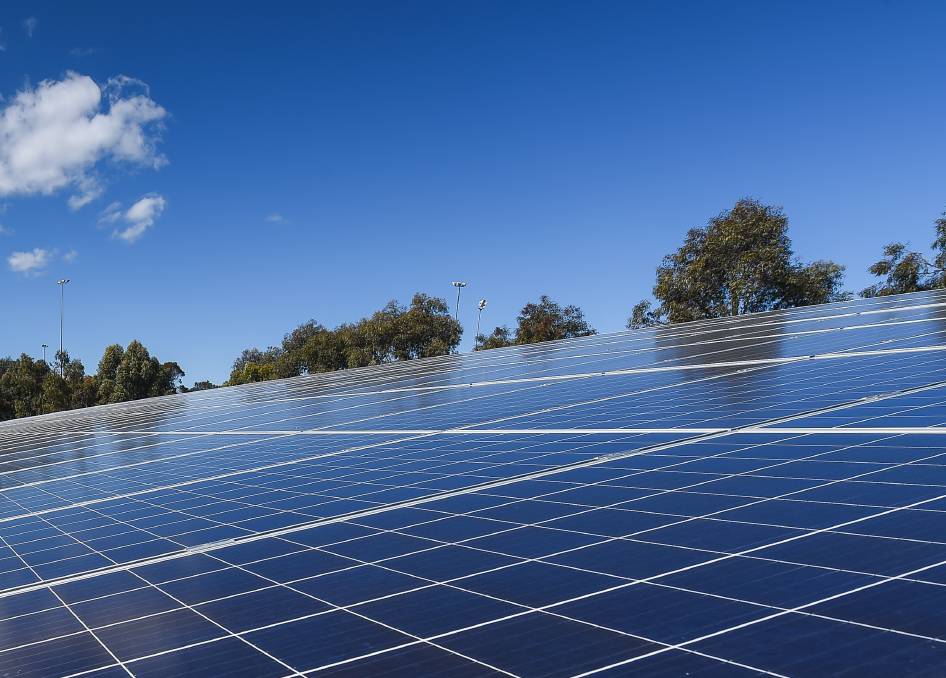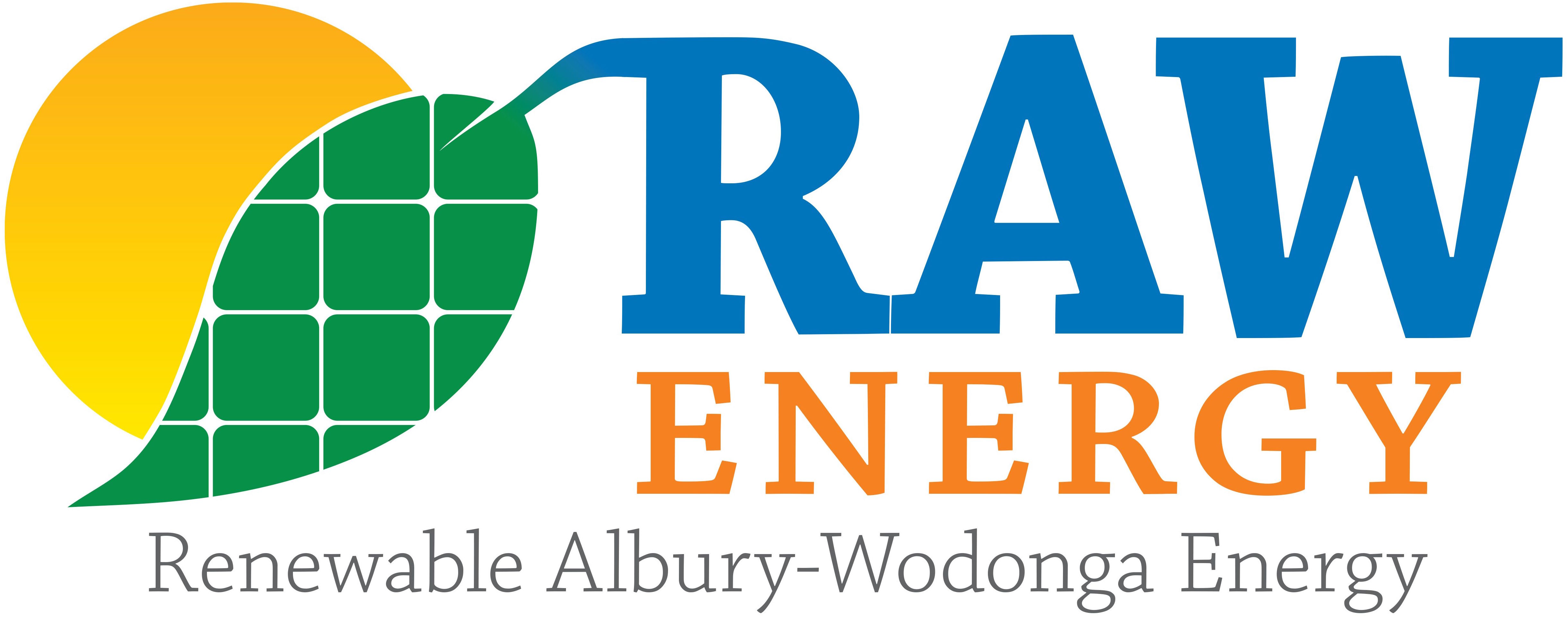
Draft Victorian large solar facility guidelines released
The Victorian government has released draft guidelines for large-scale solar projects, which would require the agricultural quality of a proposed site and the impact of removing land from production to be assessed.
Councils should require permit applicants to provide these assessments, and the weight of these factors would vary according to a site’s conditions and the agricultural commodities it produces.
Under the guidelines released yesterday, developers would be required to return land to its original condition during the decommissioning of a facility, which aligns with a NSW draft document.
But the Victorian guidelines are more specific for other requirements, including that a cumulative impact with any other facilities should be considered, and that any topsoil stripped during construction should be kept and put back at the site.
Renewable Albury Wodonga energy project officer Ben McGowan said the guidelines were needed to ensure the community, council and developers were “all on the same page about what suitable locations are for new solar projects”.
“This is particularly important in our region so that our best farmland is protected, as well as our most iconic tourist locations,” he said.
“We believe that community ownership and full engagement with the impacted community should be front and centre of any developments – we will be pushing to ensure that this is captured in the final version of the guidelines.
“We are working closely with the Department of Environment Land Water and Planning on creating the Hume Renewable Energy Roadmap, which will provide a best practice guide for solar developers working in the Hume Region.”
Impacts on amenity, irrigation, environment and heritage, would be considered, and “the overall requirement is to ensure that there is no net loss to biodiversity because of removal of native vegetation”.
On the “heat island effect”, known to exist in large urban areas where ambient temperatures around developments are higher than those of surrounding vegetated areas, the guidelines state “there is little evidence of impacts on other land uses such as orchards due to heat dispersal from solar energy facilities”.
The Solar Energy Facilities – Design and Development Guidelines are open for public comment until 30 Jan 2019 at www.planning.vic.gov.au/policy-and-strategy/solar-energy-facilities-design-and-development-draft-guidelines.
Originally published online via The Border Mail
